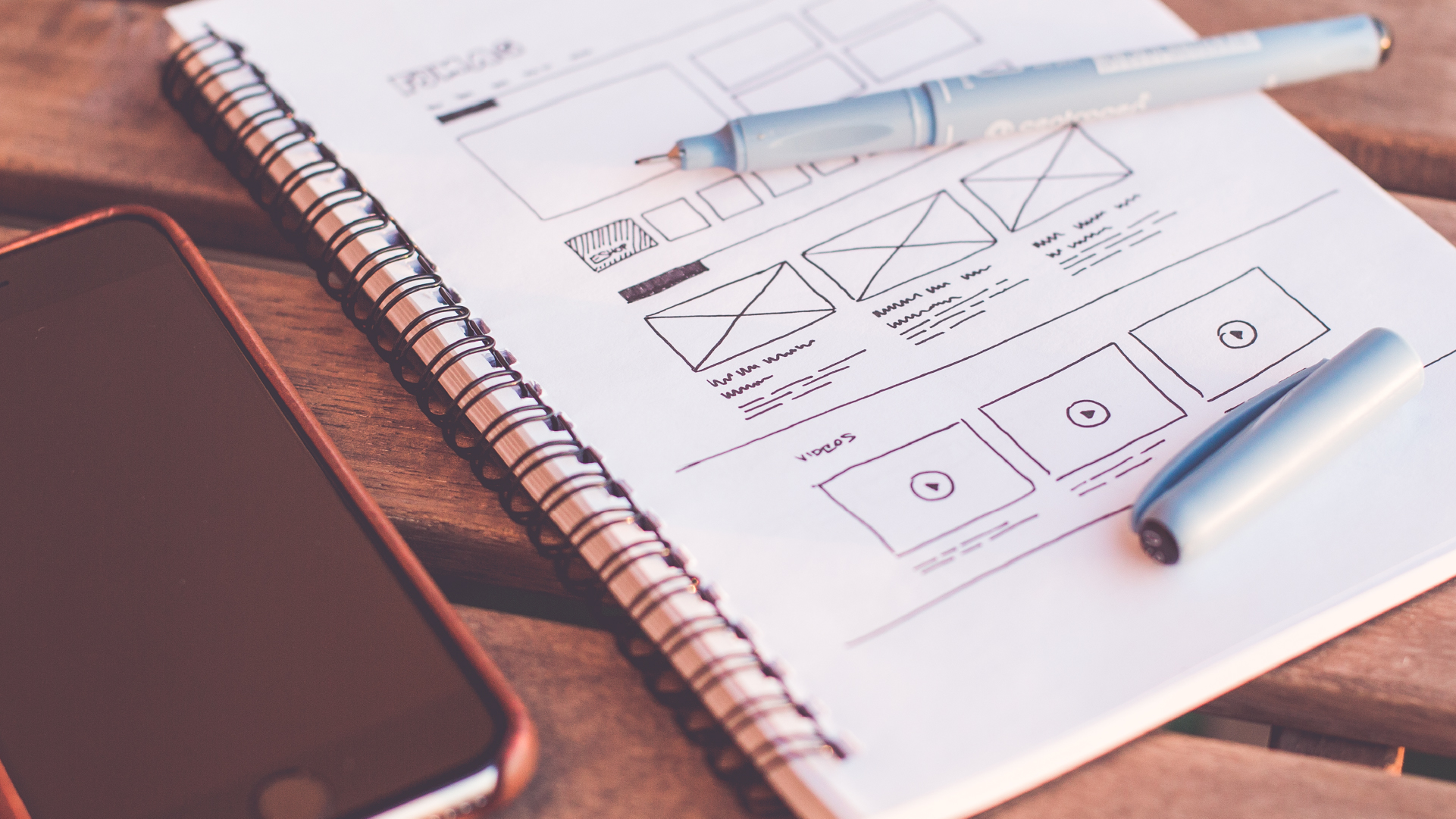Here at Triggerfish we strive to help companies form a Marketing Operations mindset.
This means moving away from a project-driven or “set it and forget it” way of thinking and evolving your marketing function to operate on a weekly, monthly and quarterly basis.
Your MarTech will never be “done”, so instead of reaching for the holy grail end result, think about identifying the right things to work on and making incremental progress over time.
To help organisations start thinking operationally with respect to their marketing function, or help them build a marketing operations team, we have created this 12-part blog series. We will be covering everything from Sales & Marketing alignment, growth marketing, digital strategy, creating ROI, cross-functional teams, and much more!
Today, Interaction Design
Interaction Design Should Be Interactive
Interaction design is one part of CX design. It's the part where we think about what a user does on a page to work through funnels. At Triggerfish we find the best way to visualise digital funnels is to represent them using wireframes. This allows up to map those journeys out to understand the different types of pages that we want customers to interact with.
Laying out the pages in this way helps us get offers to customers in a clear way, understanding how they work through a page in its own right, as well as how they navigate, understand, and discover content on a page. We also strive to understand how people work with calls to action and post-conversion calls to action.
Why is Interaction Design important from a business point of view?
When we're asking people to work through a conversion funnel, what they do is they process information that's important and relevant to them. But often, when we ask them to delve into a topic, they will bite on key things that matter to them first. If we ask them to make a whole bunch of decisions on a lot of information, they simply look at the content and become overwhelmed.
Interaction design simplifies the informational content down to fundamentals – what is the smallest amount of information that a customer needs before they convert?
If we optimise content for interaction – so that as they scroll, they actually understand more and want more information – then the logical progression of interaction on pages places key messages at the top. Building on those key messages, we place more information down the page, eliciting interactions from the customer as they scroll down. This ideally culminates in a conversion.
If we can organise content on a page in a way that encourages discovering information, then that's a great way for us to think about not just people into funnels, but to consume information and converting through different stages of funnels as well. So it's very important to think about.
How does Triggerfish handle Interaction Design?
When we design pages and content and calls to action, we need to be clear on outcomes and benefits. We also need to be clear about who our key customers are and what their buying success looks like. We work to understand the job that needs to be done, and then translate that understanding to the interactive elements of a site.
We also make sure to bring UX designers. Incorporating professional UX design helps us get into the psychology of why people are buying and what they're looking to get done. So, by being empathetic to customer outcomes and by hiring a UX designer who knows how people process information, we can avoid a lot of trial and error. This helps effectively translate our understanding of customer intent into a website or application that they instinctively want to interact with.
It can be very difficult to stand in a customer's shoes, and you want to do that in a meaningful, progressive, ongoing way, it always pays to get some third-party help. At Triggerfish, we strive to provide companies with a best-in-class experience that can supercharge marketing efforts and realign them towards business goals.
If you’d like to learn more about where we have used interaction design for our customers, read our BUSSQ Super case study.




